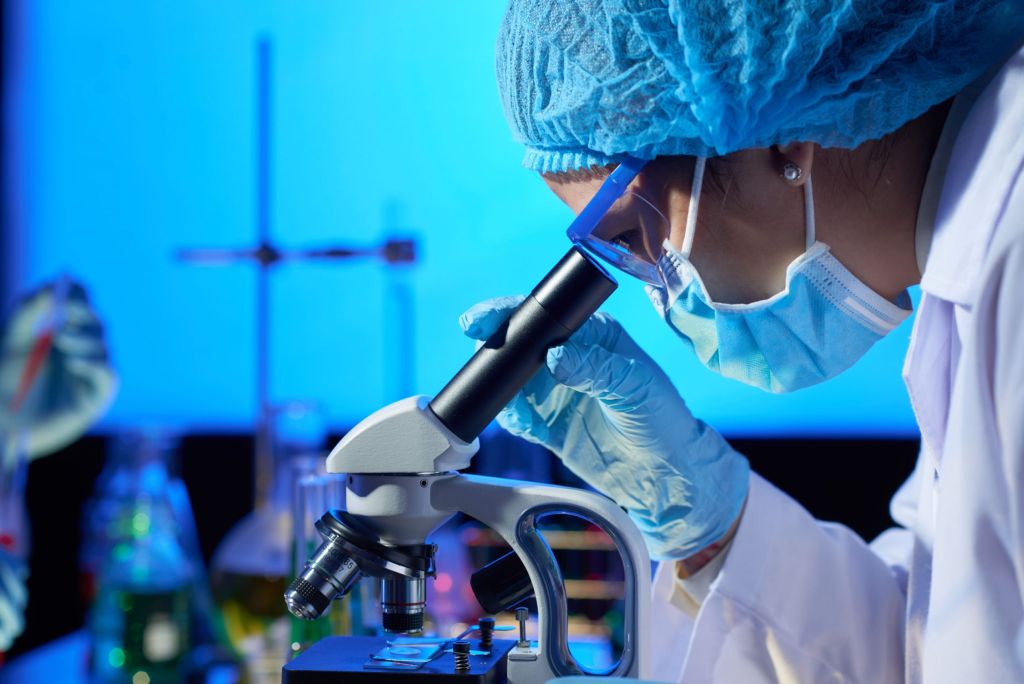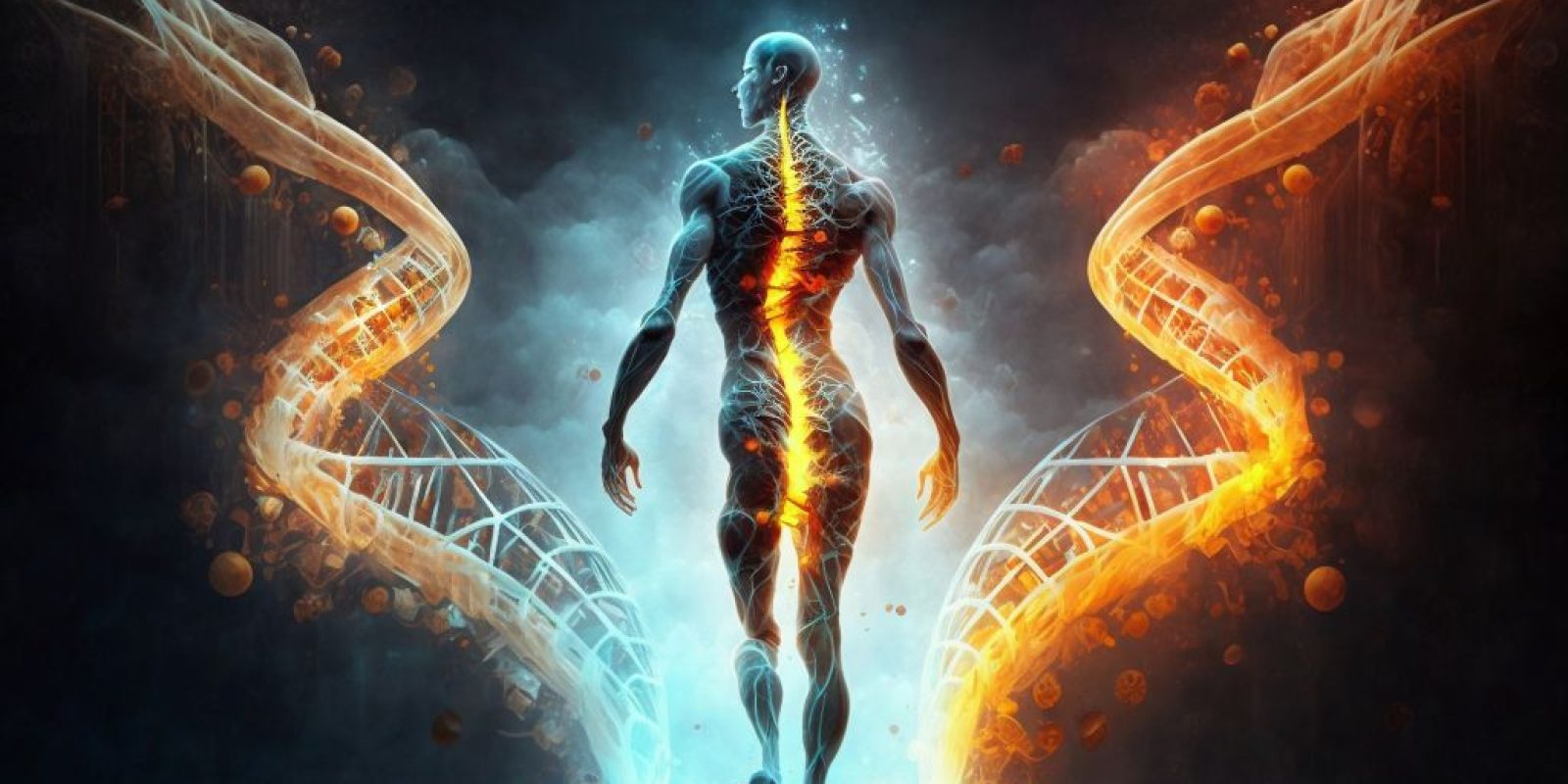Help Me Understand Genetics
Genetics is a fascinating field of science that delves into the very blueprint of life. It explains how traits are passed from one generation to the next and why each individual is unique. Understanding genetics helps us grasp the basics of biology, evolution, and even the causes of certain diseases. In this article, we will break down the complex world of genetics into understandable parts, covering what genes are, how they work, and their significance in our lives.
1. What Are Genes?
The Basics of DNA
Genes are segments of DNA (deoxyribonucleic acid) that serve as the instructions for building and maintaining living organisms. DNA is a long molecule composed of nucleotides, which include a sugar, a phosphate group, and one of four nitrogenous bases: adenine (A), thymine (T), cytosine (C), and guanine (G). These bases pair up in specific ways (A with T and C with G) to form the rungs of the DNA ladder.
The Role of Genes
Each gene contains a specific sequence of these bases, which encodes the instructions for making proteins. Proteins are the workhorses of the cell, carrying out various functions essential for life, from building cellular structures to facilitating chemical reactions. Genes essentially determine the characteristics of an organism by dictating which proteins are produced, how much of each is made, and when they are made.
2. How Do Genes Work?
Gene Expression
Gene expression is the process by which information from a gene is used to create a functional product, usually a protein. This process involves two main steps: transcription and translation. During transcription, the DNA sequence of a gene is copied into messenger RNA (mRNA), which serves as a temporary blueprint. In translation, the mRNA is read by a ribosome in the cell’s cytoplasm to assemble amino acids into a specific protein.
Regulation of Gene Expression
Not all genes are active at all times. The regulation of gene expression ensures that genes are turned on or off as needed. This regulation can occur at various stages, including during transcription, mRNA processing, and translation. Factors such as environmental signals, developmental stages, and cellular conditions influence gene regulation, allowing organisms to adapt and function efficiently.

3. Inheritance and Variation
Mendelian Genetics
The principles of inheritance were first described by Gregor Mendel in the 19th century. Mendel’s laws of inheritance explain how traits are passed from parents to offspring through discrete units called alleles. Each individual inherits two alleles for each gene, one from each parent. Dominant alleles mask the effects of recessive alleles, resulting in observable traits.
Genetic Variation
Genetic variation is the diversity in gene frequencies within a population. It arises through mutations, which are changes in the DNA sequence, and through sexual reproduction, which shuffles genes during the formation of gametes (sperm and eggs). This variation is the raw material for evolution, allowing populations to adapt to changing environments and contributing to the uniqueness of individuals.
4. Genetics and Health
Genetic Disorders
Some health conditions are directly related to genetics. Genetic disorders can be caused by mutations in a single gene (monogenic disorders), such as cystic fibrosis and sickle cell anemia, or by changes in multiple genes (polygenic disorders), such as heart disease and diabetes. Understanding the genetic basis of these disorders helps in diagnosis, treatment, and prevention.
Personalized Medicine
Advances in genetics have paved the way for personalized medicine, which tailors medical treatment to an individual’s genetic profile. By analyzing a person’s genes, healthcare providers can predict their susceptibility to certain diseases, choose the most effective treatments, and avoid adverse reactions. This approach is transforming healthcare, making it more precise and effective.
Conclusion
Genetics is a cornerstone of modern biology, providing insights into how traits are inherited, how genes function, and how they influence health and disease. From the molecular details of DNA to the broader implications for human health, genetics helps us understand the intricacies of life. By continuing to explore and expand our knowledge of genetics, we can unlock new possibilities for improving health, treating diseases, and appreciating the diversity of life on Earth. Whether you are a student, a healthcare professional, or simply curious about the natural world, understanding genetics offers a window into the fundamental processes that shape all living organisms.




